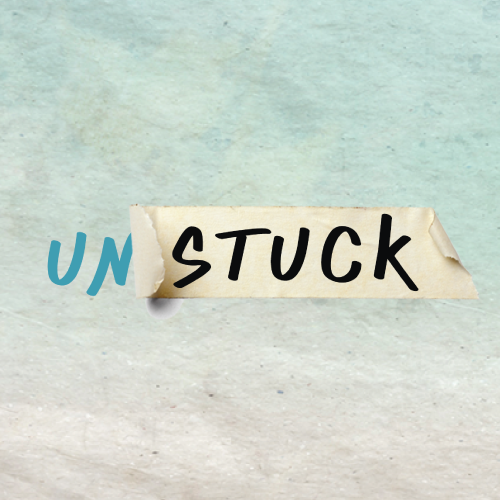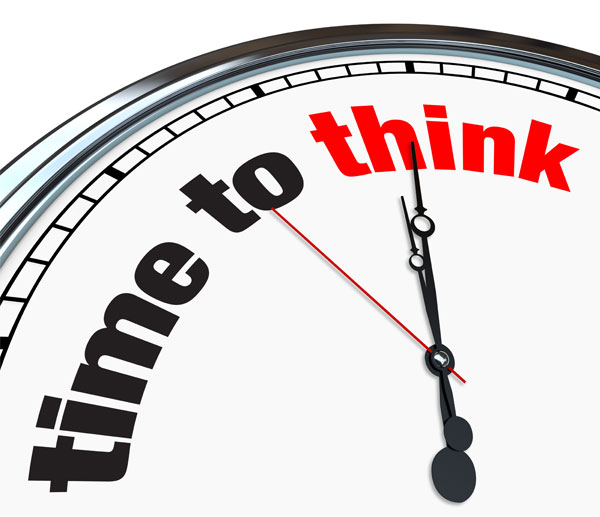When you are thinking about starting a new habit, it seems like resistance has other ideas. Partly because some people devise an elaborate plan and create grandiose expectations. No wonder it is hard to follow habits when the bar is already fixed so impossibly high before you have even begun. When we start small, pick one, and jump in, substantial things happen.
BJ Fogg, Director of the Persuasive Technology Lab has spent decades thinking about modifying behavior. One of his key insights is that when we are looking to establish habits, we want to begin with tiny changes. He often uses the example of flossing. You want to start with one tooth. When you set the mental bar so low, you will likely begin and continue until the whole job is done. In contrast, by designing a higher goal like flossing for 5 minutes 3 times a day, our brains immediately start finding ways to hack our well-intentioned plans. It is essential to gain some early wins before you expand.
In thinking about starting small, here are some steps to consider:
1. Define your new habit. It should be specific, granular, and accomplishable in a minute or less. The micro-habit is much harder to find an excuse not to do it. For example, if you want to build a habit to think strategically first thing in the morning, do not just say, “I plan to do some strategic thinking.” Get more specific, “ I plan to walk into my office and sit with a sheet of paper and pen at my desk for a minute.” The same technique works for writing, if you are having trouble writing a book, commit to one sentence or 100 words a day. When you write so little, more will flow out; the initial hurdle of beginning is the hardest. After, momentum kicks in, taking you for the ride. Also, we have different motivations on different days. If your bar is only to write one sentence a day, you can fulfill that minimum on tough days, but if you are feeling high energy, you can tackle harder goals and write pages, but you do not have to. Einstein offers a good reminder - “everything should be made as simple as possible, but no simpler.”
2. Pick one habit at a time. Leo Babauta, the author of ZenHabits, uses this strategy. He said, “We’ve all had those moments when you want to declare, ‘I will change starting today! I want to go to bed earlier, eat less sugar, eat more vegetables, exercise more, be more generous, call my mother regularly, stop checking Facebook obsessively, hug my children, write a book, and declutter the house.’ And if you try to do all of that at once, you end up failing at everything. But when you devote your energy to just one change, you have more success. Once one part is habitual, you can move on to the next shift. Greg McKeown, the author of Essentialism, would agree. He states that you can only be doing one thing at a time so what is the most important thing you want to be working on? It is a simple, yet profound concept. If we do not eliminate, we become overcommitted and our energy will be dispersed instead of concentrated in one area.
3. Calibrate expectations. When people get started with a new endeavor, they almost always overdo it. Their ambition leads them to think big and set stretch goals. But high achievers with good intentions can fall short. When we tempter our expectations and take tiny steps consistently, we can radically improve our lives instead of mustering up giant leaps. If you decide to work out two hours a day for five days a week, it may be hard to continue that pace. If you do not get into something you can reliably maintain, you will not do it at all or give up quickly. We win when we take the right steps day in and day out, but when we do too much too soon, we see obstacles and falter. Instead of beginning with a 2-mile jog, start with a 5-minute walk and build up. Your outcomes are determined by your moment-to-moment choices until they become your habits.
According to one study, there is a reason why 25% of people abandoned their New Year’s resolution within the same month because some change is hard. We are adamant about change initially and then we lose steam and sometimes try to do too much too quickly. It is easy to overestimate the importance of one defining moment and underestimate making small improvements daily.
4. Preserve and maintain. When you are creating new habits, it is crucial to keep a system of preservation in place. You may decide to work more so you can hit some financial goals, but what systems are you putting in place to preserve your health or protect your family time? People tend to go hard on their goals and have them consume their life that they leave little time for other things. It’s another reason why starting small helps, so you can keep the other aspects of your life intact that feed you energy.
5. Start Now. You may be wondering – when is the best time to start my habit? Maybe during the winter when you will not be out as much and not be as tempted. Perhaps Jan. 1st as a New Year’s resolution? On a Monday? Any day but the weekend? The answer – any of those options work, just start! As the Chinese Proverb goes, “the best time to plant a tree was 20 years ago. The second best time is now.” And, if you’re saying that you already began too late, well, that might be just another tired script in your mind, it’s never too late. As Albert Camus reminds us, “those who lack the courage will always find a philosophy to justify it.”
We can approach habit change as this complicated process or we can tackle it microscopically. It is the tiniest sparks that can ignite the most remarkable and most sustainable changes. Let’s start somewhere, anywhere, and let momentum do its work.
Quote of the Day: “We exaggerate yesterday, overestimate tomorrow, underestimate today.” -John Maxwell.
Q: What’s the first habit you would like to create? When will you start? Comment and share below, we would love to hear from you!
[The next blog in this series 6/7 will focus on the power of consistency in habit change]
As a leadership development and executive coach, I work with people to cultivate habits that serve them, contact me to explore this topic further.
Now is always the best time to start

















